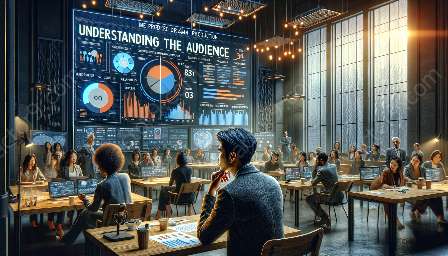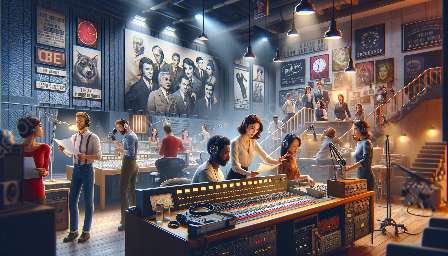Radio drama has undergone significant changes over the years, particularly in terms of how audiences engage with and interact with the content. The role of the director in radio drama production is crucial to shaping the overall experience for the listeners. In this discussion, we will delve into the importance of audience engagement and interactivity in modern radio drama direction, while understanding the pivotal role of the director in radio drama production.
The Evolution of Radio Drama
Radio drama has a rich history, dating back to the early days of radio broadcasting. It initially provided a form of entertainment that relied solely on audio storytelling. However, with the advancement of technology and the rise of digital media, the landscape of radio drama has evolved. Modern radio drama now incorporates elements of interactivity and audience engagement to create a more immersive experience for listeners.
Understanding Audience Engagement
Audience engagement is an integral part of modern radio drama direction. Directors must consider various factors that contribute to engaging their audience, such as storytelling techniques, sound design, and the use of interactive elements. By understanding their audience's preferences and interests, directors can tailor their productions to create a captivating experience that resonates with listeners.
Interactive Elements in Radio Drama
Incorporating interactive elements into radio drama allows for a more dynamic and engaging experience. Directors can utilize techniques such as sound effects, music, and audience participation to immerse listeners in the story. Interactive elements, such as live call-ins or interactive social media campaigns, can also bridge the gap between the audience and the production, fostering a sense of community and involvement.
The Role of the Director in Radio Drama Production
The director plays a pivotal role in radio drama production, responsible for bringing the script to life and creating a compelling narrative. They oversee various aspects, including casting, sound design, and performance direction. Additionally, the director must balance the creative vision of the production with engaging the audience, ensuring that the storytelling experience is both captivating and interactive.
Impact on Overall Storytelling Experience
Directors who prioritize audience engagement and interactivity in radio drama direction greatly impact the overall storytelling experience. By incorporating these elements, they create a more immersive and participatory journey for the audience, leading to a deeper connection with the narrative and the characters.
Conclusion
Audience engagement and interactivity are fundamental components of modern radio drama direction. The role of the director in radio drama production extends beyond traditional storytelling, encompassing the ability to captivate and involve the audience. By understanding the significance of audience engagement and employing interactive elements, directors can elevate the radio drama experience, forging stronger connections with their listeners.






















